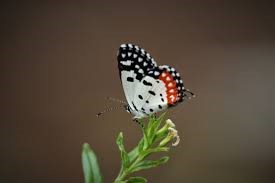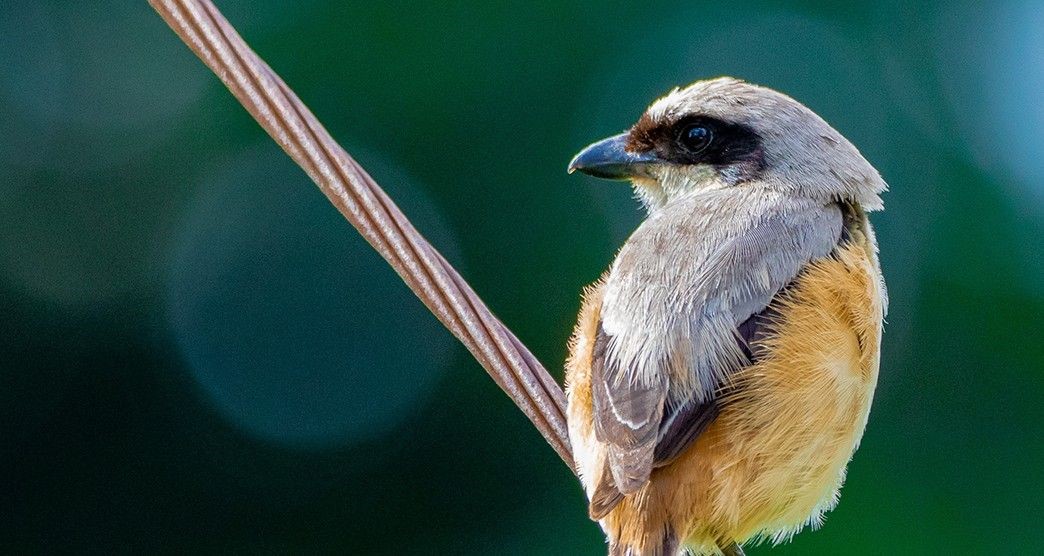- Private car and driver in Delhi / India
- +91-8447445445
- info@discoverindiabycar.com sugar.ankit@yahoo.com
 +91-9818434712
+91-9818434712
Sathyamangalam National Park: A worth-watching wild-forest to visit
When you visit the reserve, you will get the chance to see these amazing and uncommon animal species in their natural environment. One important component of India’s tiger conservation initiatives is the Sathyamangalam Tiger Reserve. This is one of the few protected sites where tigers can find refuge. By going to the sanctuary, you may contribute to ecotourism initiatives that uphold environmental preservation and shield big cats from hazards like poaching and housing. These programs are funded by the ecotourism sector. The sanctuary is surrounded by untamed hills, lush forests, and streams. Through the eyes of nature, visitors can gain a deeper understanding of themselves, thanks to the peace and tranquility provided by the surroundings. The Sathyamangalam Tiger Reserve is a great place for adventurers because it offers a wide range of thrilling activities. Enjoy walking tours, bird watching excursions, and guided safaris to discover the reserve’s hidden treasures.
Tiger Reserve Tourism of Sathyamangalam National Park

The Sathyamangalam Tiger Reserve in Tamil Nadu is well-known for its great biodiversity and multitude of animal species, making it a popular tourist destination. The greatest time to visit the reserve is between October and March, as that’s when the animals are most active and the weather is at its best. Those intending to drive to Sathyamangalam can land at Bangalore or Coimbatore when their flight arrives. The closest train station is at Erode and has good connections to India’s main cities.
Activities available to visitors to the Sathyamangalam Tiger Reserve include nature hikes, wildlife safaris, and bird watching. Among the many animals that call this reserve home are sloth bears, tigers, elephants, leopards, and wild dogs. More than 200 different species of birds can be found in the park.
A few of the surrounding tourist destinations that guests might check out are the Mettur Dam, the Bhavani Sagar Dam, and the Bannari Amman Temple. The numerous indigenous populations who call the reserve home also provide a unique cultural experience. It is possible for tourists to engage with indigenous peoples, discover more about their customs, and get a personal look at their culture.
Climatic situations
This animal refuge’s steady, temperate climate is perfect for vegetation, particularly sandal trees. The plateau terrain of this refuge is ideal for flora and fauna. The plains that make up the other half of the sanctuary have an extremely hot and dry climate. The plateau region experiences temperatures between 21 and 27 degrees Celsius, while the plains have temperatures between 26 and 32 degrees Celsius. Moving from east to west, the amount of rain decreases. On average, 824 millimeters of rain fall here annually. This wind isn’t usually extremely damp. Throughout May, thunderstorms and cloudbursts are probably going to happen often. There is absolutely no precipitation from January to April. After May, there’s a little drizzle, followed by heavy rain in August and September.
There are specific seasons while visiting the Sathyamangalam wildlife reserve that offer the best experiences.
Because the area is subtropical, the temperature is mild and pleasant between October and January, when this sanctuary is most lovely.
Animals that reside into the sanctuary

Flora
Many types of vegetation can be found in this region, such as riverine forests, mixed deciduous forests, semi-evergreen forests, and tropical dry thorn forests. Over 700 plant species are thought to be present in the sanctuary, with bamboos being the most common.
Fauna
At least 28 tigers, 12 of which are Bengal Tigers, reside in this wildlife reserve. It is noteworthy that there are 850 elephants living in this sanctuary. Famous mammals include black bucks, four-horned antelopes, muggers, gaurs, white-backed vultures, deer, civets, amphibians, birds, and fish, in addition to tigers and elephants.
Mammals
The gaur, leopard, jungle cat, barking deer, sambar, spotted deer, langur, and many other animal species can be found in the wild.
Species of butterflies

Both common and rare species of butterflies call this sanctuary home. Thus far, more than 85 species of butterflies have been recognized.
Birds

There are 230 different species of birds known to exist in the world, the majority of which are vultures. Crows, treepies, bulbuls, babblers, mynahs, and other bird species may also be seen at the refuge.
How to reach at the Sathyamangalam National park?
The Sathyamangalam Tiger Reserve is located in Tamil Nadu’s Erode district and is reachable by air, rail, and road.
By air:
The closest airport, located in the city of Coimbatore, is around 70 kilometers away from the reserve.
By train:
If you would rather travel by train, the closest station is located in Erode, which is around sixty kilometers away from the reserve. Sathyamangalam, the closest bus terminal, is located around ten kilometers away from the reserve.
By road:
If you are traveling by car, you can use a private vehicle or grab a cab to get to the reserve from the bus, train, or airport station. The reserve has four entry points: Thalavadi, Bhavanisagar, Kadambur, and Hasanur.
The following are the entry fees:
300 foreign rupees per person, 25 Indian rupees each student, 150 Indian rupees per vehicle, and 500 Indian rupees per vehicle. Each entry cost is charged separately. The following are the times and permits required to enter the reserve.
Accommodation
When you go to Sathyamangalam Wildlife Sanctuary, there are lots of different accommodation alternatives available. We have reserved the Hasanur government guest house as well as the Dhimbham government cottages for your convenience. These are the two locations where you can stay. Additionally, two significant cities that are thought to be ideal places to settle down are Salem and Erode. Additionally, there are several hotels to choose from; you can get a room at the one that best fits your budget.
Things one can do there:

Ideal for a picnic:
Because of the gorgeous surroundings and comfortable weather, picnics here would be ideal for days when you just want to unwind.
Photography is a definite thing:
You can continue taking photos of the wonderful wildlife you encounter while you’re out enjoying yourself on the expedition.
Have fun on picturesque drives:
You can take advantage of the ideal weather and enjoy the breath-taking drives that are part of the lush trip.

Final Thoughts
This magnificent vista makes this wildlife sanctuary in India stand out among the many other well-known ones. By going to the Sathyamangalam Wildlife Sanctuary, you can certain that your trip will be memorable, exciting, and unique.
FAQs:
Q 1. What is it about Sathyamangalam National Park that has made it so well-known throughout the world?
A. There are many different kinds of creatures to be seen, such as four-horned antelopes, black bucks, tigers, leopards, hyenas, and wild dogs. Among the other species sighted there are wild dogs. Within the reserve, one may encounter a diverse range of forest kinds. These consist of riparian forests, tropical hill forests, and deciduous woods.
Q 2. Which state Sathyamangalam National Park is located in?
A. It is located precisely in the Tamil Nadu state of India.
Q 3. What river is there at The Sathyamangalam National Park?
A. The town and municipality in the Indian state of Tamil Nadu, where the Erode district is situated, is called Sathyamangalam (often spelled Sathy). Situated at the base of the Western Ghats, Sathyamangalam is the provincial capital. This land is in an amazing location, directly along the Bhavani River, which flows into it as a tributary of the Cauvery River.











